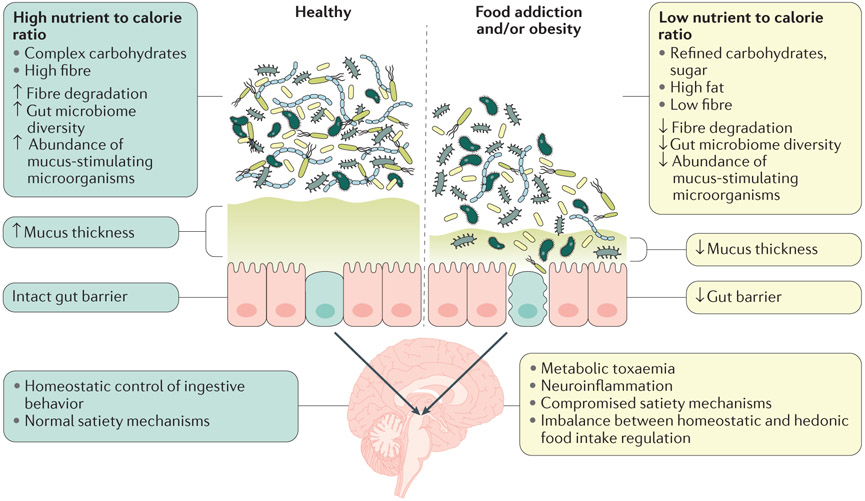Figure 4. Interactions between food, gut microbiota and intestinal permeability in the regulation of ingestive behavior.
Left panel: A healthy diet (high in fibre, low in fat and sugar) is associated with a high diversity of the gut microbiota, including an abundance of taxa involved in stimulating mucus production in humans and animal models.323,324 The combination of an intact mucus layer and tight intestinal epithelium results in an intact gut barrier. Right panel: An unhealthy diet (high in fat, sugar and low in fiber) is associated with a reduced microbial diversity, reduction of mucus stimulating microorganisms, reduction in mucus layer thickness and an increase in epithelial leakiness. This process results in reduced intestinal barrier function (leaky gut) and activation of the gut associated immune system by microbial products such as lipopolysaccharide (LPS). The combination of a leaky gut and an overabundance of inflammatory bacterial products is thought to result in elevated plasma levels of LPS and proinflammatory cytokines. This state of metabolic endotoxaemia has been shown to reduce central satiety mechanisms by influencing enteroendocrine secretion of the satiety hormones PYY, cholecystokinin and serotonin (5-HT), and by reducing the expression of anorexigenic peptide receptors and leptin receptors on vagal afferents and in the hypothalamus, respectively, leading to a disinhibition of satiety mechanisms. Up and downward arrows inside boxes represent reported up and downregulation of mechanisms and of microbiome measures. Modified with permission from Cani & Everard. Mol. Nutr Food Res 60:58-66; 2016 OK, but would replace the last one with reduction of net mucus production

